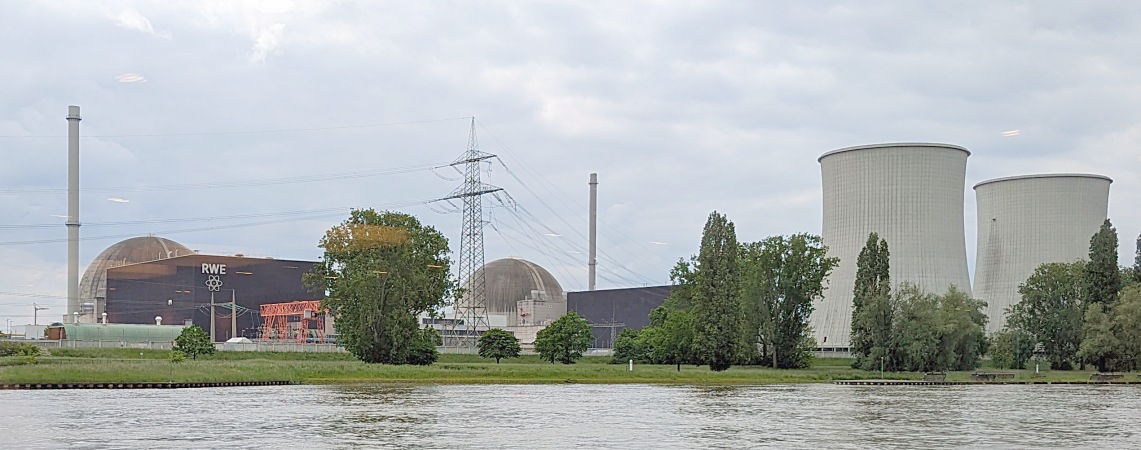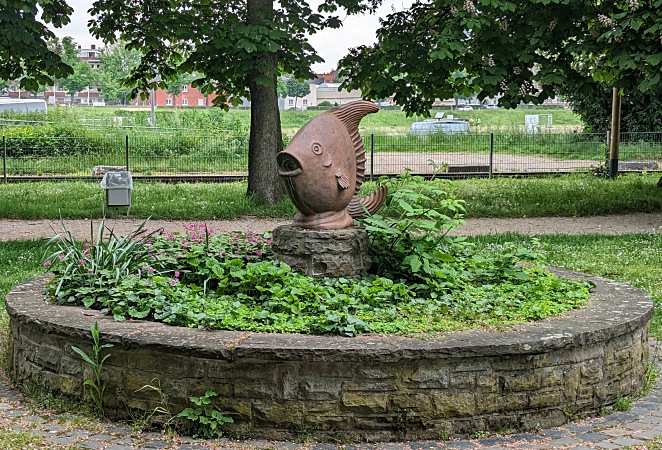
The school building was built in 1905 as an ancient language high school for the city of Worms
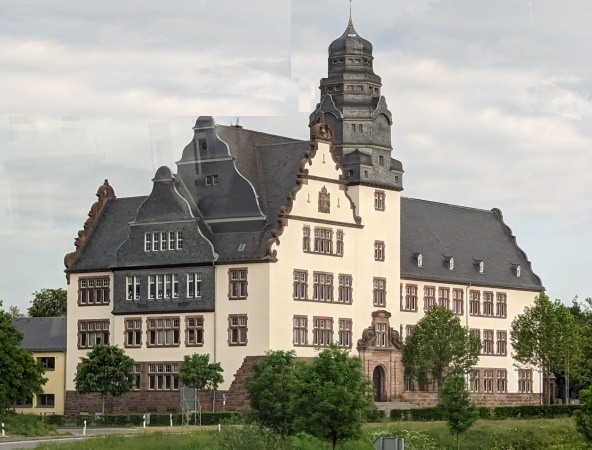
An asparagus field.
The rows of plants are covered with black plastic to prevent chlorophyll from being produced making white asparagus.
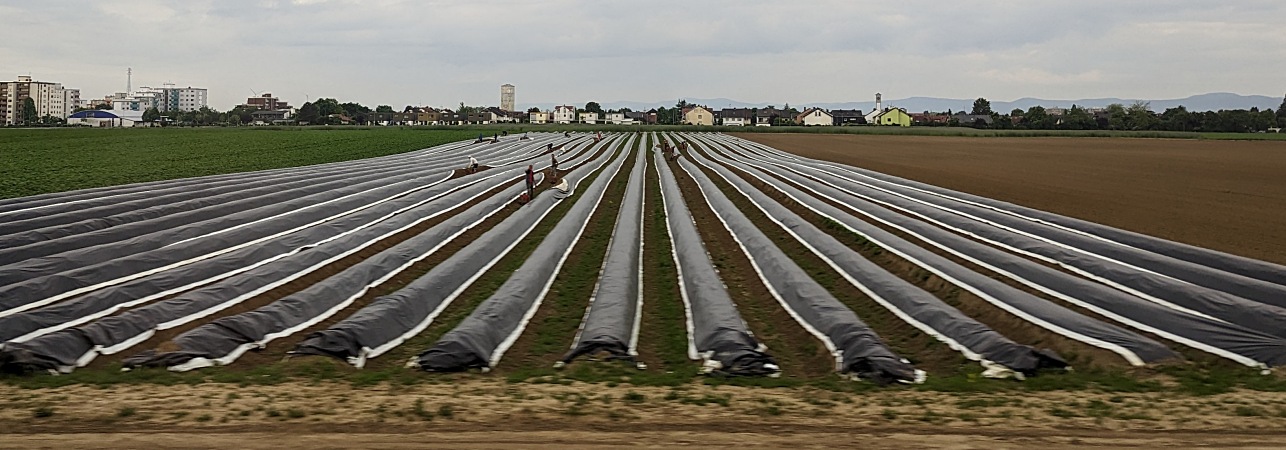
Our first view of the Speyer Cathedral

But before we got to see it up close we passed the Heidentürmchen (heath tower) behind the Cathedral
Based on its name some believe it was prison for infidels and heretics.
The tower dates back to the 13th century but its name only dates from around the 18th century so not much can be deduced from the name.
It was in fact part of the inner city wall, only one other original tower from the wall survives.
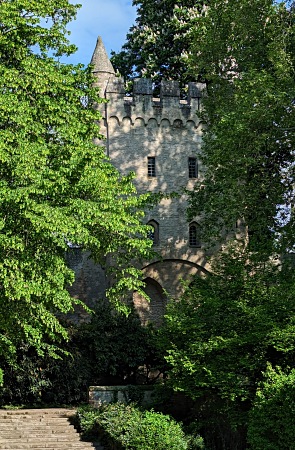
An unusually large ant graced the park.
I offer no explanation.

Eight Emperors and Kings and the Ferryman bronze sculptures in the park by the tower..
The sculpture is based on an ancient Speyer saga about eight dead German emperors who asked the ferryman to cross the Rhine to help the empire during a time of trouble.
The emperors told the ferryman to "hol über" (take us over the Rhine) in their dream.
A few hours later, Napoleon was defeated and Speyer was safe
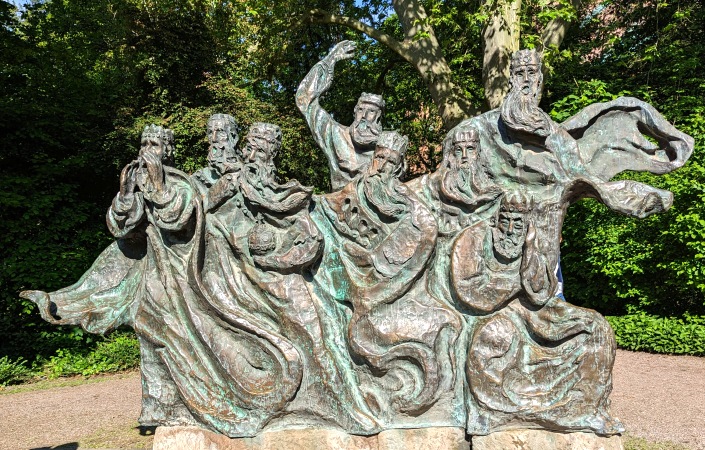

When we went through the park we found the back of the cathedral and a fountain.
The official title is the Imperial Cathedral Basilica of the Assumption and St Stephen but it is usually just called the Speyer Cathedral.
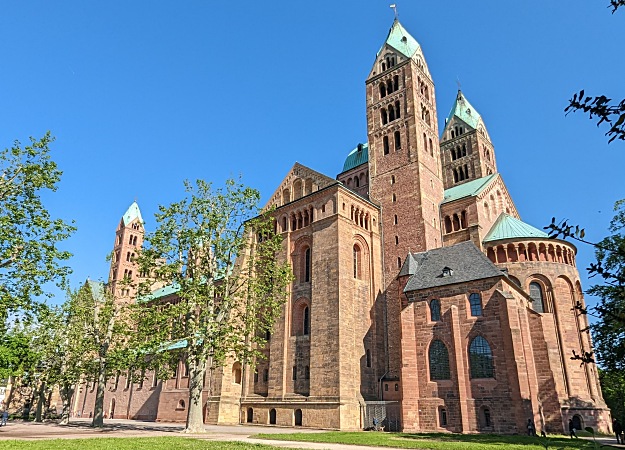
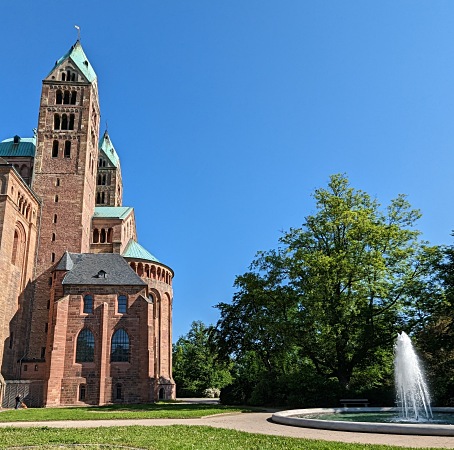
Detail of the stonework around a window and a memorial plaque on the wall of the cathedral.
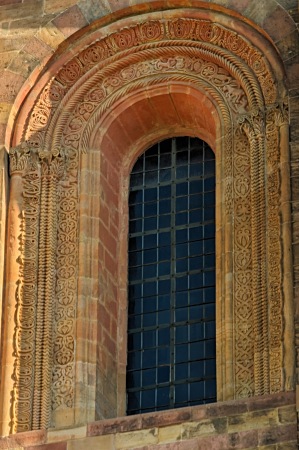
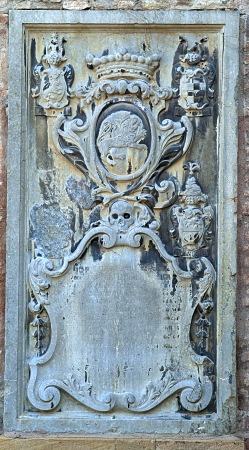
Inside were the pipes for the organ and paintings of religious themes.
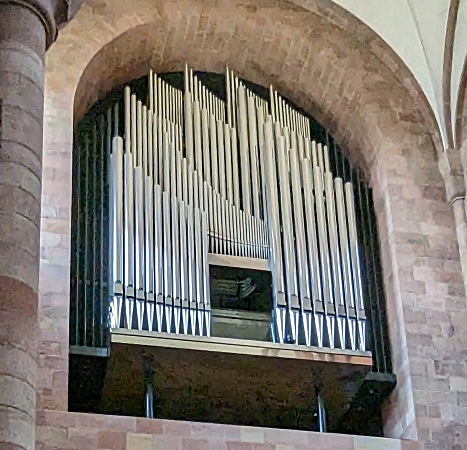
According to Google translate the text below says "BLESSED LORD WITH YOU FULL OF GRACE YOU BIND IN THE MOSQUITOES"
I'm not sure but the word translated as mosquitoes may also have been translated destruction, by scholars somewhere along the line.
That doesn't help me to understand it though
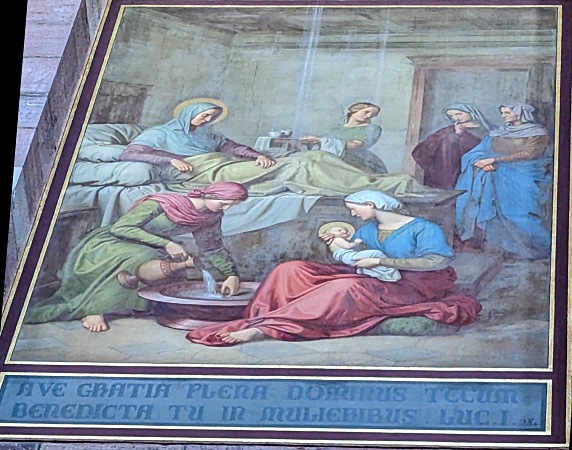
The text under this painting is even more inscrutable "DIXIT DOMIRUS DOMIRO Meo. SEDE A DEKTRIS MCIS PS.CIX.."
Oh well.
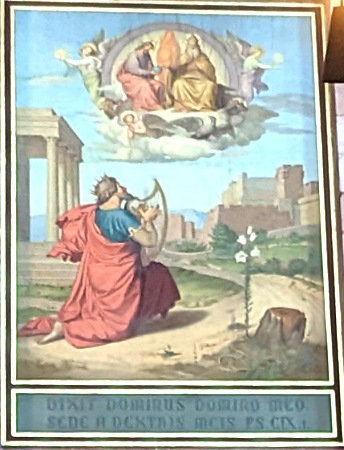
This sculpture was created in the 15th century but was destroyed several times before being replaced by the current version in th e19th century.
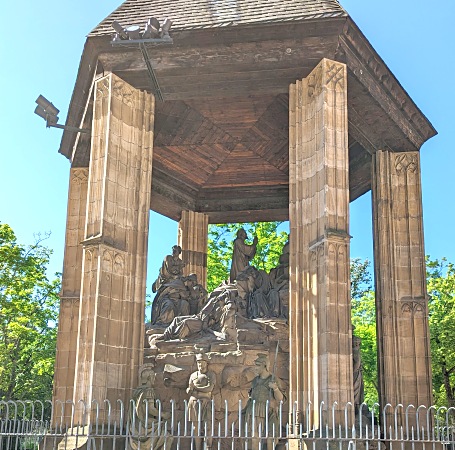

We were standing outside the cathedral when the bells began to sound.
The cathedral's peal is composed of nine bells. The larger four date from 1822 and the five smaller ones from 1963.
They are all contained in the cathedral belfry, located in the western dome.
There is a model of the cathedral in the adjacent park.
It had originally been made so that visually impaired visitors could "see" it.
The model's roof and walls could be lifted off so the interior could be touched.
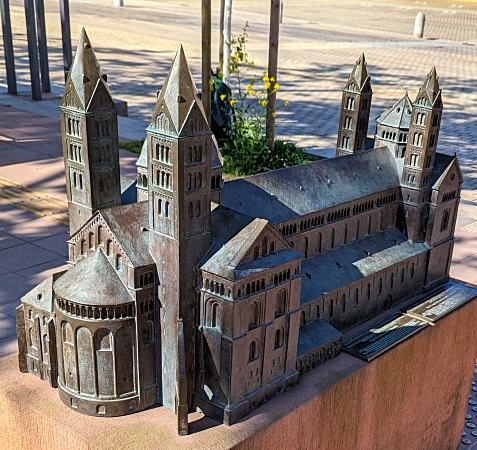
The red and brown sandstone front of the cathedral and a detail of the stained glass rose window.
.
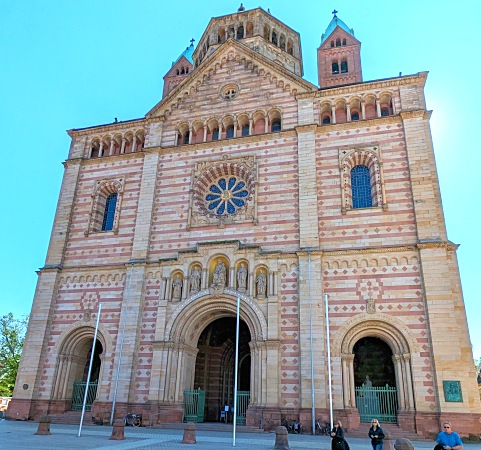
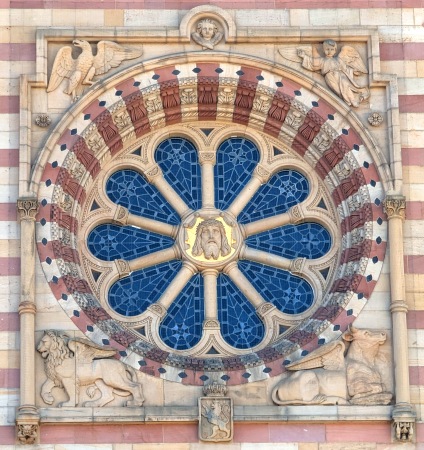
On to the town square where we found a Maypole erected with plaques for many local organizations.
These have been a tradition in this area of Germany for many years.
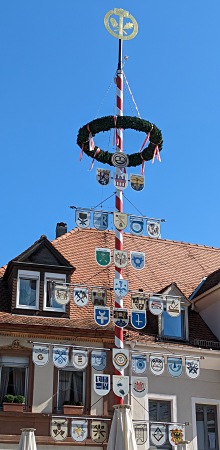
Just across the street was a Makerspace where people could go to learn how to use specialized tools, make/repair stuff, or learn from folks who want to help.
It wasn't open when we were there but we peered through the window and saw these 3D printers ready to go.
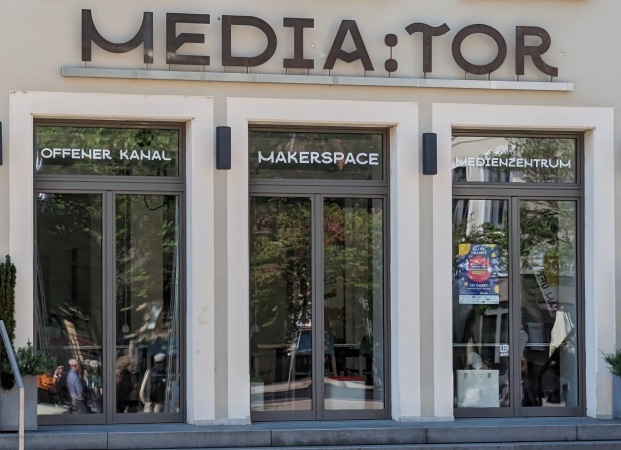

A street nearby and an old city gate.
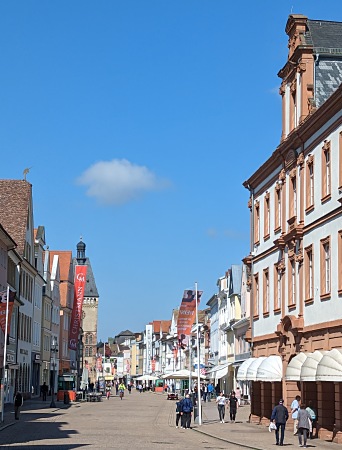
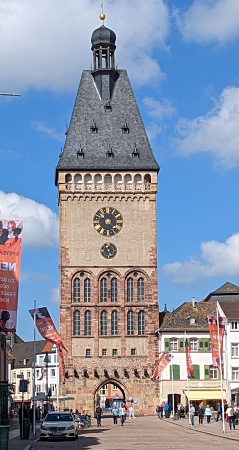
Homes along the highway.
They were all small but every one had a garden.
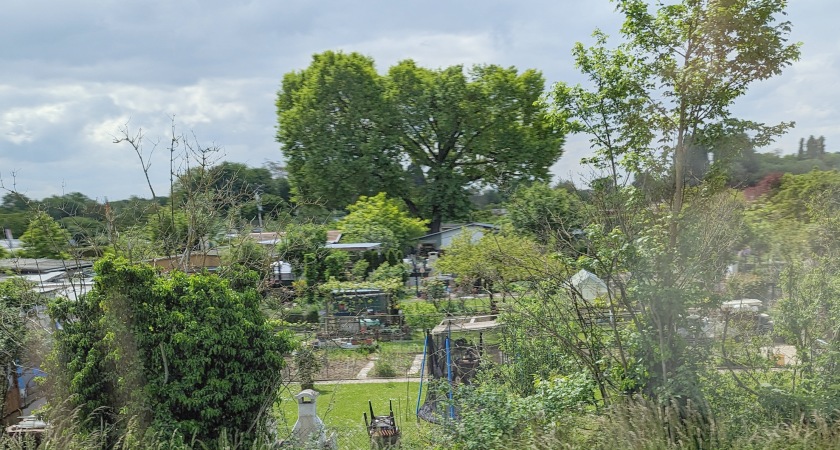
Tower of the Nibelungen Bridge in Worms.
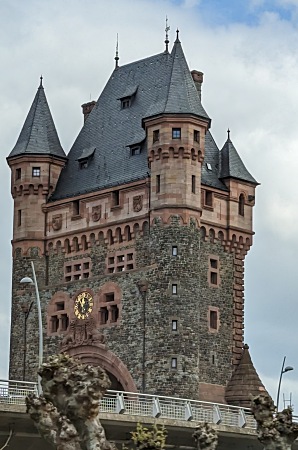
This statue is of the antihero the Burgundian warrior Hagen von Tronje (or Högni/Hogan) of the 13th-century epic poem Nibelungenlied and the Wagner opera Das Rheingold.
He is a cold-hearted villain in the story, but in the standards of contemporary German warriors he is also considered a hero.
The dragon slaying hero of the story, Siegfried finds himself on the wrong side of King Gunther and is assassinated by the king's loyal vassal,
Hagen who steals a gold hoard described in the poem and throws it into the Rhine.
The German sculptor Johannes Hirt made a bronze statue of this moment, which has stood in the city park of Bürgerweide since 1905.
Called the “Hagendenkmal,” or Hagen Statue, it commemorates the city’s association with the Nibelungenlied.
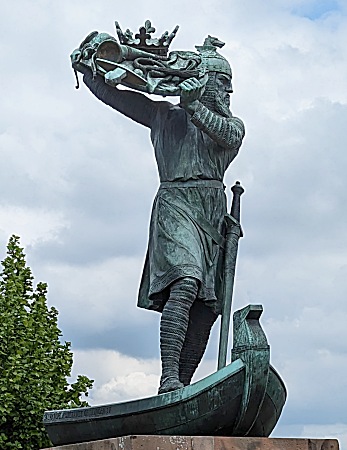
We finished the evening with a visit to Weinhaus Drosselhof where we enjoyed great food, local wine, beer, music, and the company of friends.
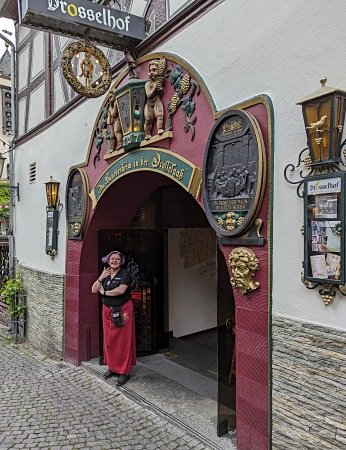
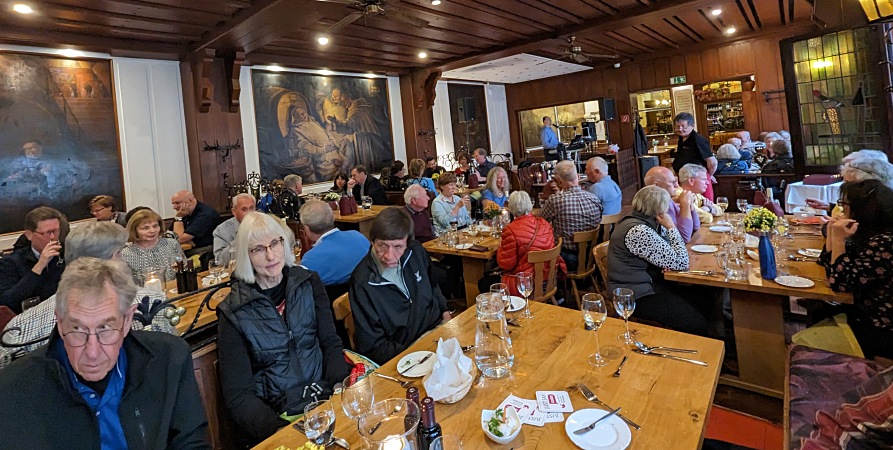
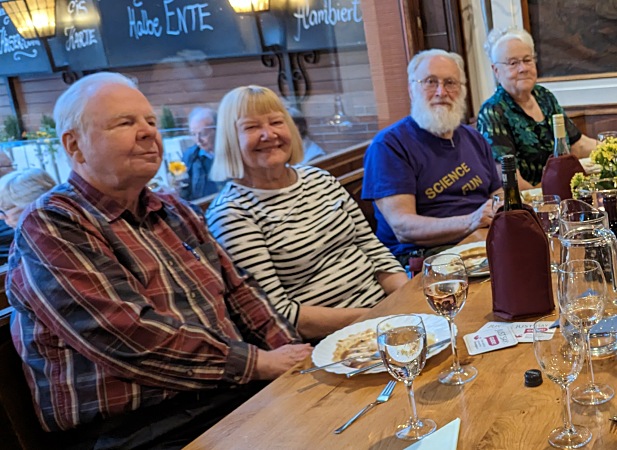
As we traveled on down the river I spotted what appeared to be a nuclear power plant.
After we returned home I did some searching and found that is what it had been but it was shut down in the 1980s.
